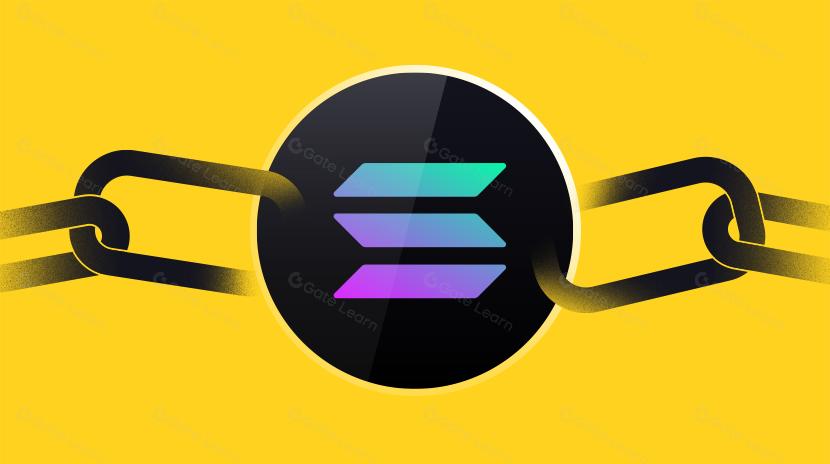what is proof of stake

Proof of Stake (PoS) is a consensus mechanism in blockchain networks that selects validators to create new blocks and verify transactions based on the amount of cryptocurrency they have staked in the network. Unlike Proof of Work (PoW) mechanisms, PoS doesn't rely on solving complex mathematical puzzles with massive computational resources, but instead secures the network through economic stake, significantly reducing energy consumption and improving transaction processing efficiency. Since its first implementation by Peercoin in 2012, Proof of Stake has become the preferred consensus mechanism for numerous blockchain projects, with Ethereum's "Merge" upgrade in 2022 transitioning from PoW to PoS marking a significant milestone for the technology.
Background: The Origin of Proof of Stake
The concept of Proof of Stake was first proposed in 2011 on the Bitcoin forum as a response to the high energy consumption issues of Bitcoin's Proof of Work mechanism. In 2012, Peercoin, created by Sunny King and Scott Nadal, became the first cryptocurrency to implement a PoS mechanism, using a hybrid approach combining both PoW and PoS. Later, NXT (2013) launched a pure PoS blockchain that didn't rely on any mining activities.
The development of Proof of Stake has gone through multiple stages: from the early basic PoS, to Delegated Proof of Stake (DPoS) introduced by BitShares founder Dan Larimer in 2014, to Cardano's Liquid Proof of Stake (LPoS) and Ethereum's implementation of a PoS variant. The most milestone event was Ethereum's "Merge" upgrade completed in September 2022, which transitioned the world's second-largest cryptocurrency network from PoW to PoS, reducing its energy consumption by approximately 99.95%.
Work Mechanism: How Proof of Stake Works
The core operating principles of Proof of Stake revolve around token staking and block validation processes:
-
Staking Mechanism: Participants must lock up (stake) a certain amount of the network's native tokens to become validators. These staked tokens serve as collateral, ensuring validators act according to network rules.
-
Validator Selection: The system uses deterministic algorithms to select the producer of the next block, with selection probability typically proportional to the amount staked. Some PoS variants also consider other factors, such as staking duration and random elements.
-
Block Production and Confirmation: The selected validator is responsible for creating new blocks, validating transactions, and adding blocks to the chain. Other validators reach consensus by verifying that the block complies with protocol rules.
-
Reward Distribution: Validators receive block rewards and transaction fees for their work, typically related to the amount staked.
-
Slashing Mechanism: To prevent malicious behavior, PoS systems implement penalty mechanisms (commonly known as "slashing"). If validators engage in malicious activities (such as double signing) or remain offline for extended periods, part or all of their staked funds may be confiscated.
Different PoS implementations vary in specific details. For example, Ethereum requires a minimum stake of 32 ETH to become a validator and uses the Beacon Chain to coordinate validator activities, while Cardano's Ouroboros protocol divides time into epochs and slots, randomly selecting a slot leader for each slot.
Risks and Challenges of Proof of Stake
Despite the many advantages of the Proof of Stake mechanism, it also faces a series of unique risks and challenges:
-
Centralization Risk: Large concentrations of tokens in the hands of a few holders may lead to centralization of validation power, contradicting the core idea of blockchain decentralization. Some large exchanges and institutions may control substantial staked tokens, increasing the possibility of governance power concentration.
-
"Nothing at Stake" Attacks: Validators might validate conflicting blocks on multiple chains simultaneously as there's virtually no economic cost to doing so. This type of attack is difficult to implement in PoW networks because it requires repeating computational resource expenditure on each chain.
-
Initial Distribution Issues: If tokens are unevenly distributed at network launch, power may permanently concentrate in the hands of early large holders, as they can continuously earn more rewards.
-
Technical Complexity: PoS systems are typically more technically complex to implement than PoW, potentially increasing the risk of security vulnerabilities. Validators need to keep nodes online long-term, facing more complex security challenges.
-
Regulatory Uncertainty: As mainstream networks like Ethereum transition to PoS, regulatory authorities may view staking activities as securities or financial activities requiring special permits, bringing compliance challenges. The US SEC has already started examining whether certain staking services constitute securities offerings.
The Proof of Stake ecosystem continues to evolve and improve, with projects continuously optimizing their PoS implementations to balance security, decentralization, and scalability—the blockchain trilemma.
Proof of Stake represents a significant evolution in blockchain technology toward energy efficiency and sustainability. By tightly coupling network security with economic incentives, PoS provides a viable path for building efficient, environmentally friendly blockchain infrastructure. With the successful migration of mainstream networks like Ethereum to PoS, this mechanism has proven capable of supporting large-scale, high-value blockchain networks while offering greater possibilities for future blockchain scalability. Although Proof of Stake is not without flaws, its advantages in energy efficiency, participation thresholds, and economic security have made it a core driving force in next-generation blockchain development, likely to continue pushing the entire industry toward a more sustainable direction.
Share
Related Articles

The Future of Cross-Chain Bridges: Full-Chain Interoperability Becomes Inevitable, Liquidity Bridges Will Decline

Solana Need L2s And Appchains?
